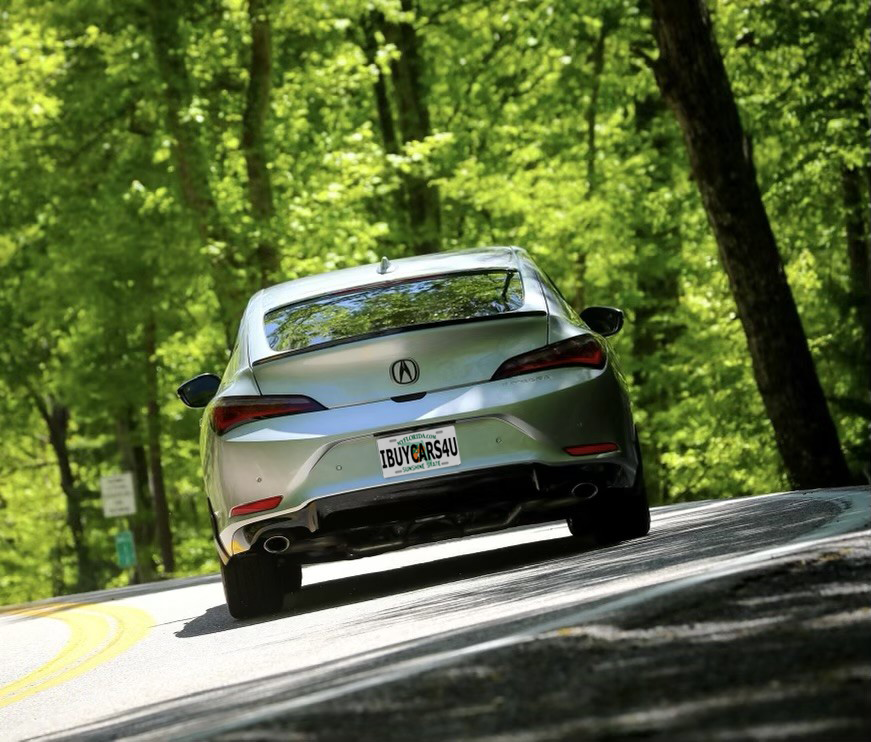| Tip of the Week: Check Price On Trade-In | |
| By Kelly K. Spors, The Wall Street Journal, 301 words Feb 13, 2005 | |
| Copyright (c) 2005, Dow Jones & Company Inc. Reproduced with permission of copyright owner. Further reproduction or distribution is prohibited without permission.Make sure you get the best price for your old car when you trade it in for a new one. Many people get less than they could have for a used vehicle because its value is wrapped into the purchase price of the next auto. An attractive offer from the dealer for your old car, for instance, may just be a discount toward a new auto that you could have received without a trade-in. If you negotiate the transactions separately, however, you have a better idea of how much you’re getting for the trade-in and can usually haggle a lower price on the next car, says Tony Langenderfer, an auto-buying consultant in Sarasota, Fla. Mr. Langenderfer suggests bringing the old car to at least three dealers and asking what they’d pay for the vehicle on its own without trading it in on a new one. They’ll usually inspect it and give you an offer. It’s usually best not to disclose what you think the auto is worth, unless they drastically undercut your estimate. Web sites such as Edmunds.com and Kelley Blue Book (www.kbb.com) can give you an idea of the trade-in value of used autos based on age, mileage, condition, etc. Keep in mind: Most states only charge sales tax on the difference between the trade-in value and the new auto price. So there’s often good reason to use the same dealer for both the trade-in and the new auto. But be careful mentioning you will be buying a new auto until you’ve sealed the deal on the trade-in, Mr. Langenderfer says. Make sure to take the trade-in to dealers most likely to be interested in it, says Phil Reed, consumer advice editor for Edmunds.com. You’re usually better off taking the car to a dealership that specializes in that particular brand. |
